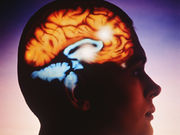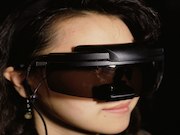Process may facilitate processing, while minimizing experience of fear
WEDNESDAY, Feb. 8, 2017 (HealthDay News) — Exposure to phobic images without conscious awareness may be more effective than longer, conscious exposure for reducing fear, according to a study published online Feb. 6 in Human Brain Mapping.
Paul Siegel, Ph.D., from Purchase College at SUNY in New York, and colleagues examined the neural basis for the adaptive effects of masked exposure in a study involving 21 spider-phobic and 21 control participants. Participants viewed stimuli in three conditions: very brief exposure (VBE) to masked images of spiders, with severely limited awareness; clearly visible exposure (CVE) to spiders, with full awareness; and masked images of flowers (control), with severely limited awareness.
The researchers found that VBE to spiders generated neural activity within subcortical fear, attention, higher-order language, and vision systems more strongly in phobic than control participants. In phobic participants, VBE activated regions that support fear processing without causing them to experience fear consciously. CVE to the same spiders generated stronger neural activity in control versus phobic participants. CVE-deactivated regions supported regulation of fear and caused an experience of fear among phobic participants. There were correlations for CVE-induced activations with measures of explicit fear ratings, while VBE-induced activations were associated with measures of implicit fear.
“These multiple dissociations between the effects of VBE and CVE to spiders suggest that limiting awareness of exposure to phobic stimuli through visual masking paradoxically facilitates their processing, while simultaneously minimizing the experience of fear,” the authors write.
Full Text (subscription or payment may be required)
Copyright © 2017 HealthDay. All rights reserved.








